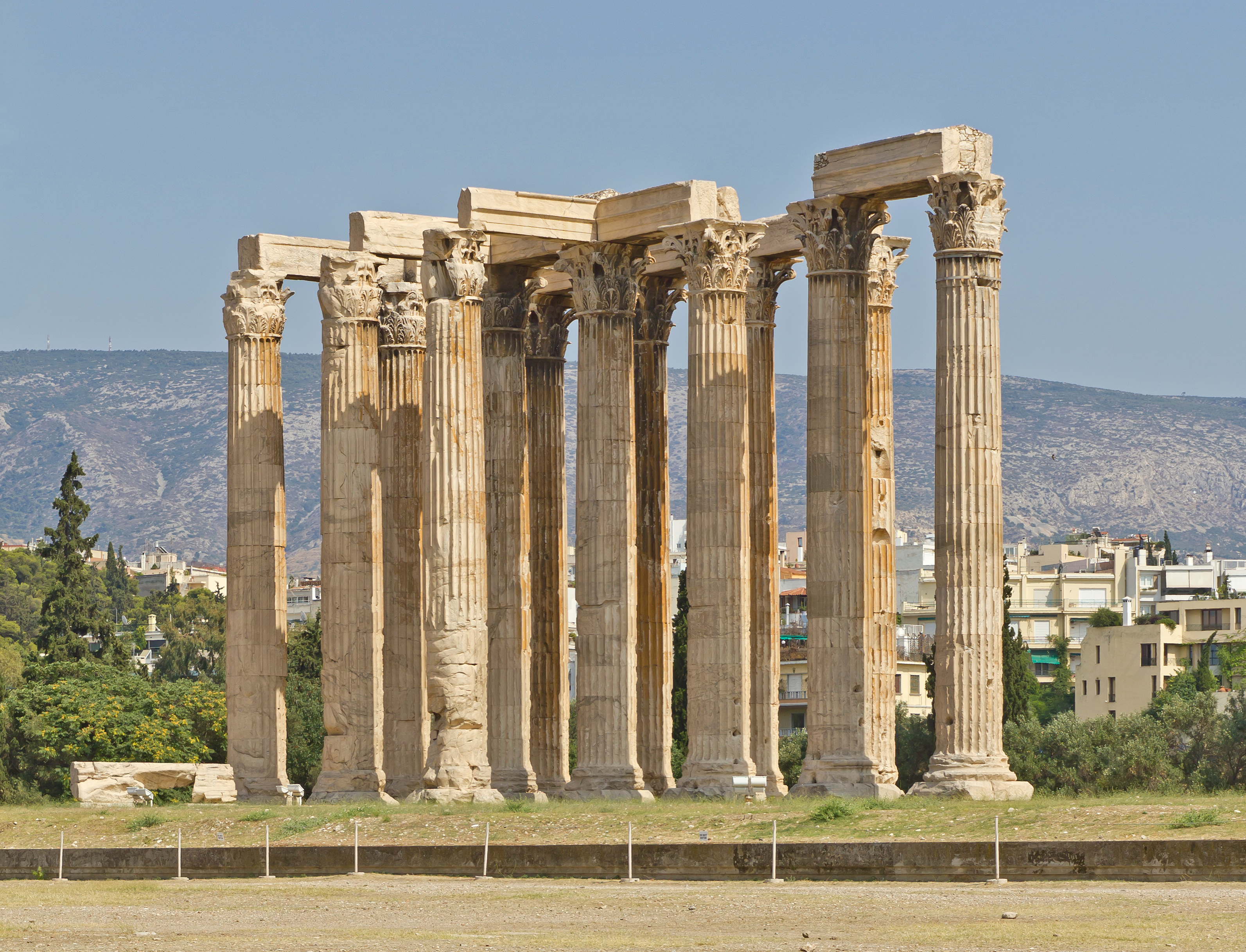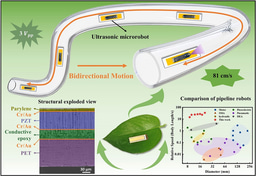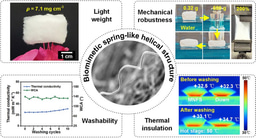Forming a climate club
Published in Social Sciences
This paper grew up from an evening conversation between Leonidas Paroussos, Jochen Hinkel, Kostas Fragkiadakis and myself at the lounge of the Royal Olympic Hotel, facing the temple of Olympian Zeus in Athens.

We were gathered there for a workshop of the H2020 project green-win. During the day, we had heard about myriad of green ventures such as the Balinese bio coffee maker su-re-co, the Sophiastrand Nature-based Flood Defence Project or the Mobike hunters. Such projects reconcile, from the bottom-up, climate and development objectives.
However, that night, we all felt that in order for hundreds of green innovations to bloom, a new macro-economic landscape had to be constructed. As put forward by William Nordhaus in his Nobel lecture, climate clubs might be the key institutional evolution that could help establishing this new landscape.
There is number of examples of clubs in the Ancient Greek History: the Delian League formed by Athens against the Persians, the Peloponnesian League formed by Sparta against the latter, the Achaean League or the Hellenic League. However, none of these really reached a stable design: it seemed there was room for further research.
Thus, after having been joined by Panagiotis Fragkos and Zoi Vrontisi, we decided to investigate the efficient design for climate clubs using the GEM-E3 model. You can find the results of our analysis here.
Follow the Topic
-
Nature Climate Change

A monthly journal dedicated to publishing the most significant and cutting-edge research on the nature, underlying causes or impacts of global climate change and its implications for the economy, policy and the world at large.




Please sign in or register for FREE
If you are a registered user on Research Communities by Springer Nature, please sign in